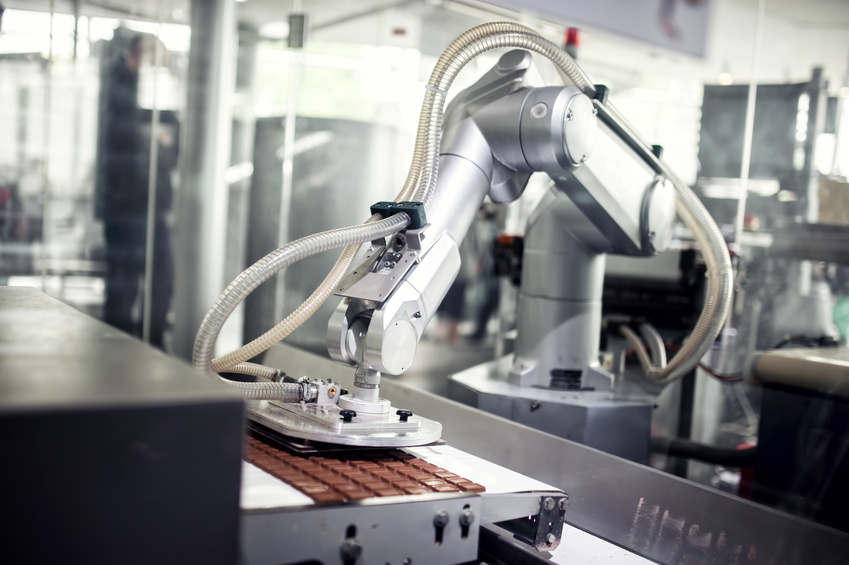How Robotics Technology Is Shaping The Future
Most people have wanted a robotic helper at some point in their life. However, most people also don’t realize how close humanity is to that dream becoming a reality. While it has been a slow march in some ways, the future of robotics is finally near.
Perhaps the biggest problem that robotics has faced is humanity itself. Humans have shaped the world around them, and it’s well suited to the particular gait of a two legged biped. However, it has proven very difficult to create machines which are able to emulate that movement. A robot which can’t move around in our environment is one which can’t be of much use to the average household. There’s been a number of proposed solutions to this.
One of the most prominent examples of a partial success has been Asimo. The project, founded by Honda, began in the 1980s. Asimo launched into the public with a very humble performance. People were quick to note how often it fell down when walking over even the most slightly uneven surface. However, the reality is that it was groundbreaking in terms of being able to actually walk on two legs with a gait that could match that of a human. Over the next thirty years, the development would slowly move forward. At the current stage, Asimo is able to now navigate areas with uneven surfaces, while dodging humans. It can even recognize people by their faces and have conversations with them. There’s good reason that many of the recent demonstrations of Asimo have been featured in office spaces. It’s proving very adept at both moving in that environment, and helping the people within them with various tasks. It’s quite possible that these might be the next wave of office helpers. Little robots running around to help take various items and documents to specific people as they are needed .
However, mimicking human movement isn’t the only way to get around. In 2005, Boston Dynamics began work on something which would come to be known as BigDog. It has four legs, which make it look almost like a combination of dog and mule. While these legs might not allow it easy movement through an office, it can get around many difficult outdoor environments with the skill and precision of a wolf. In fact, one of the most impressive demonstrations of the technology showed someone trying to throw the robot off balance on ice. Most humans would have found it impossible to keep walking in those circumstances. However, BigDog was easily able to keep moving even under the constant attempts to push it over. The hope for BigDog, and the reason it’s been funded by the Defense Advanced Research Projects Agency (DARPA), lies in the area of combat. It should serve very soon as a robotic pack mule to help carry the heavy equipment of soldiers over the roughest terrains on earth.
As robots are given new means of getting around, they’ll be showing up in our lives more and more. At first it will be in our offices or on the battlefield. However, in short time we should be seeing variations on these technologies helping us in the same way our washing machines or dishwashers do now.

